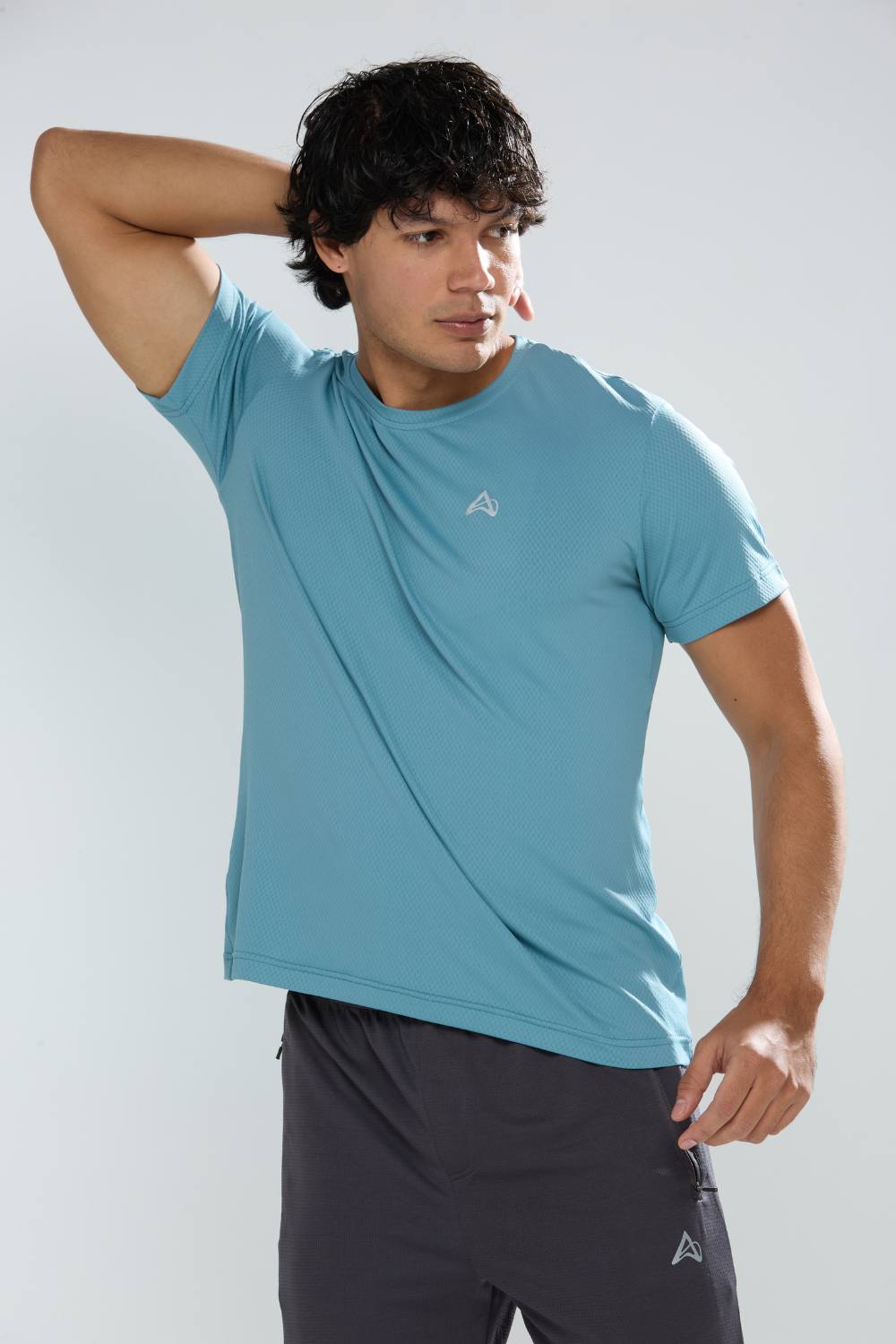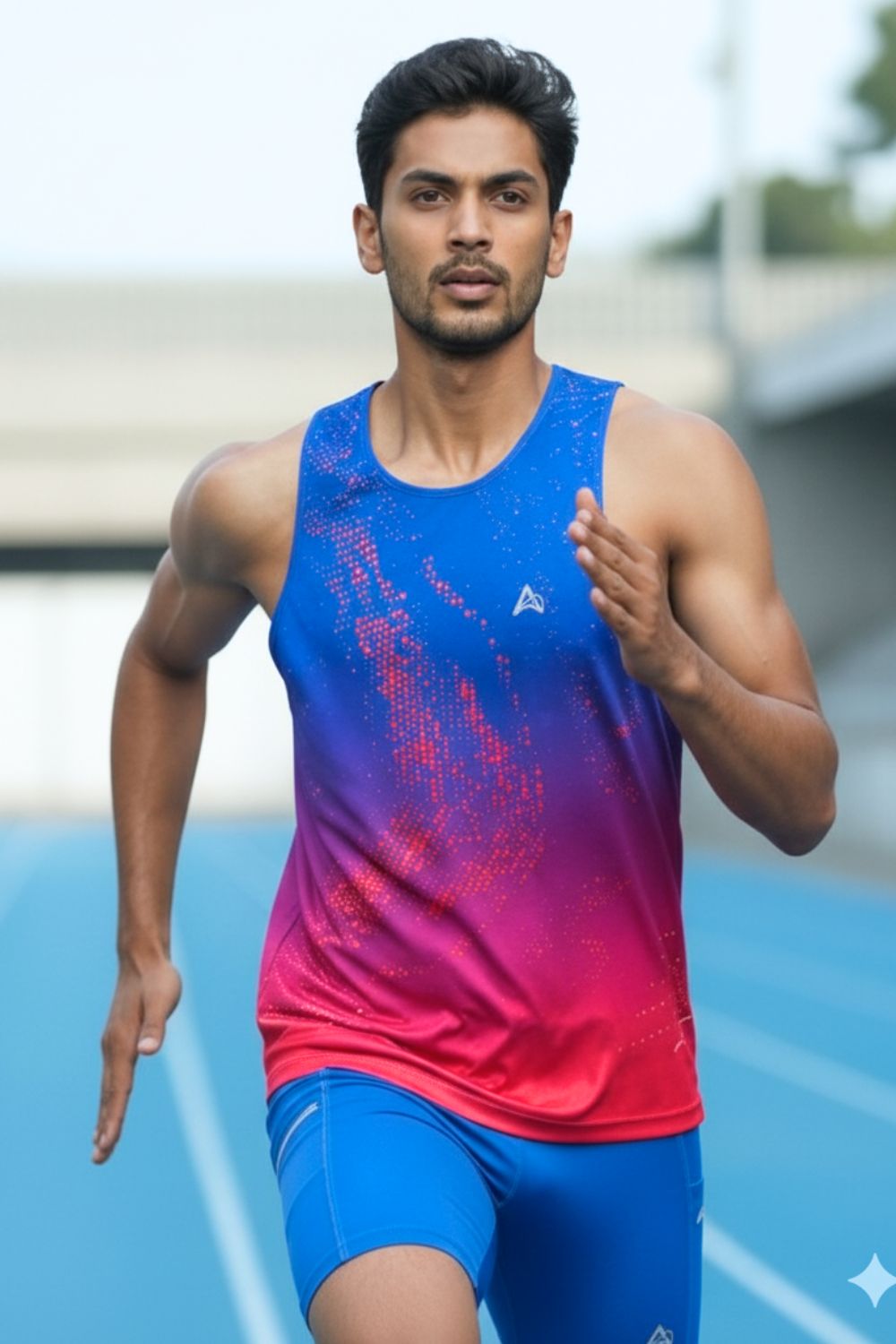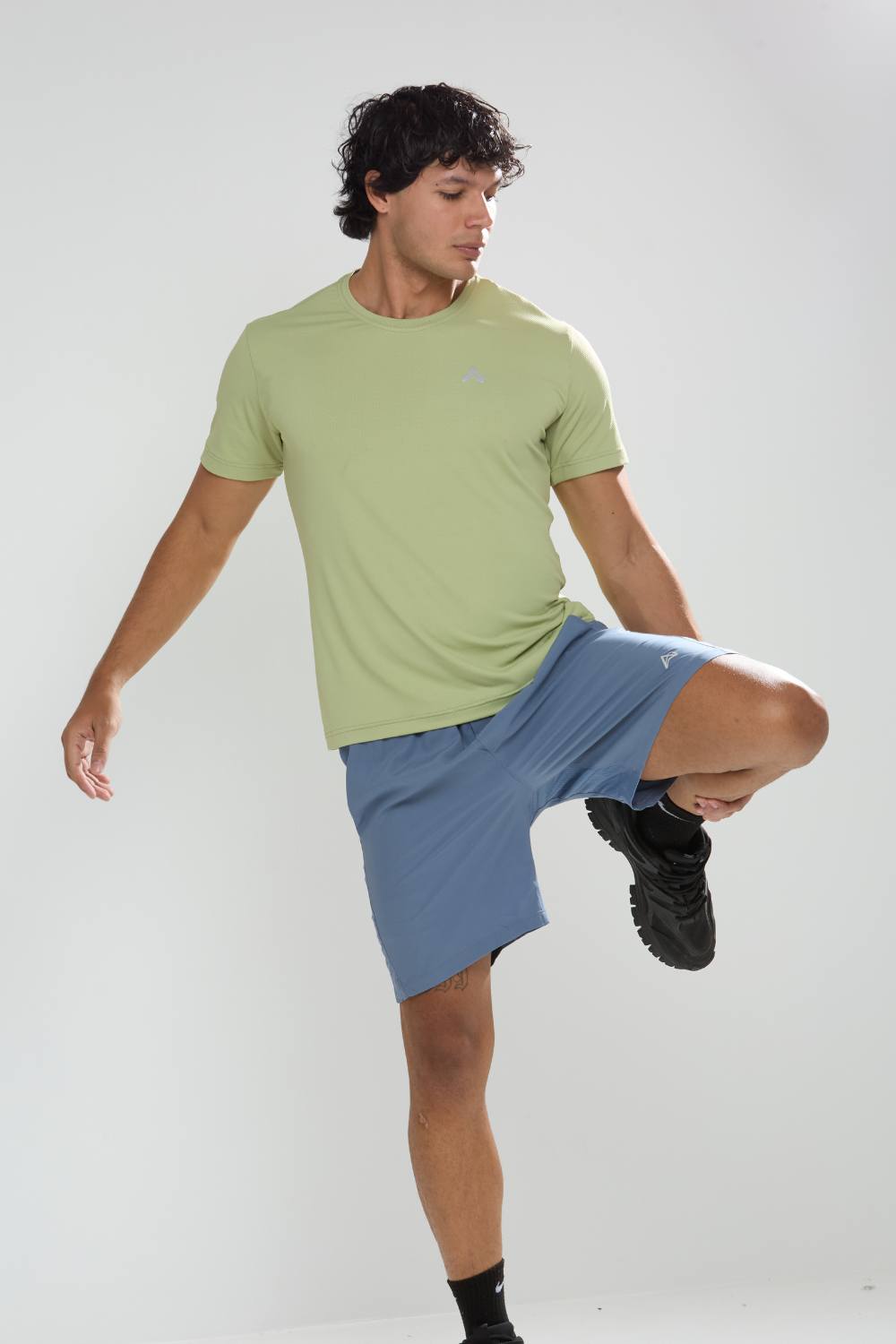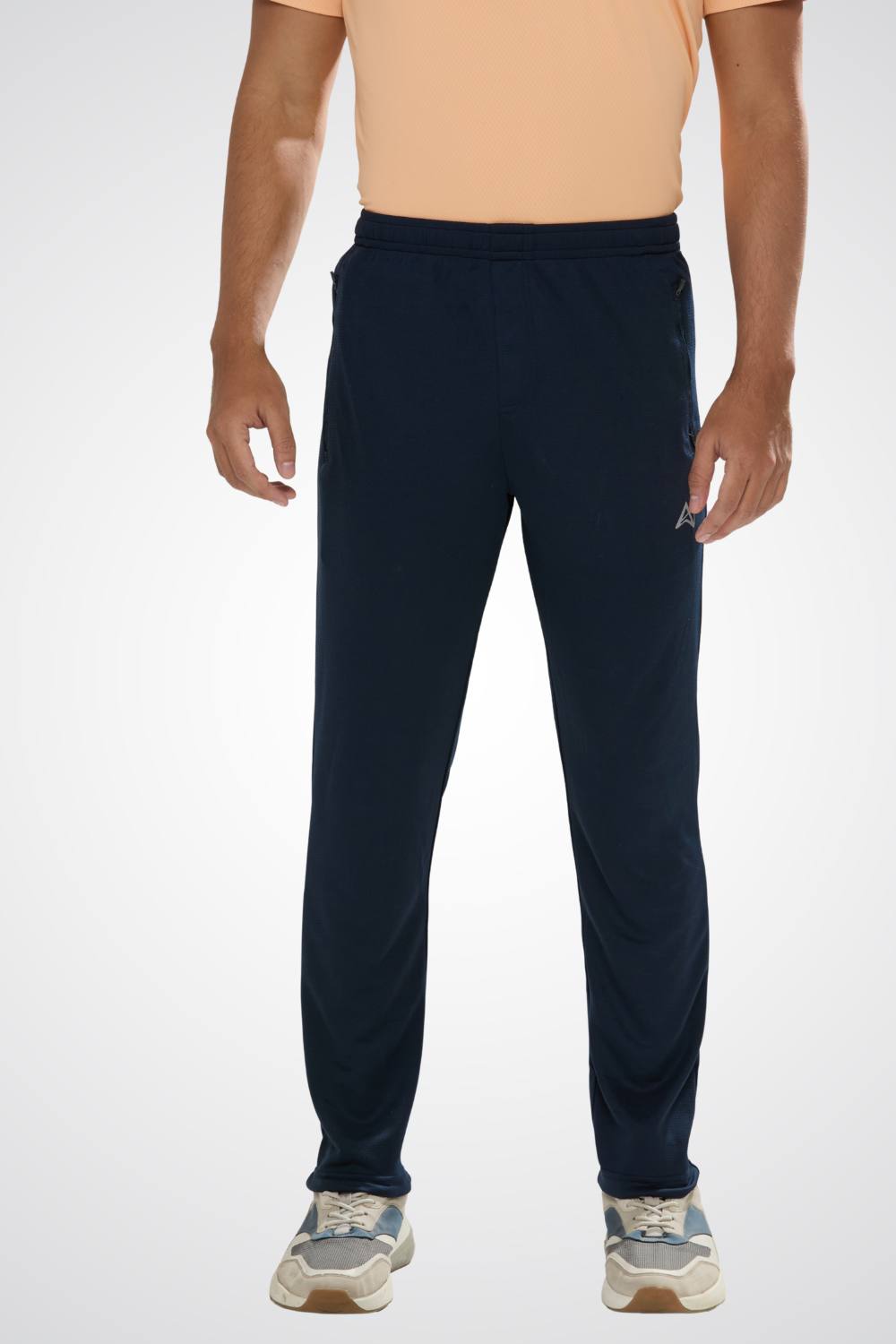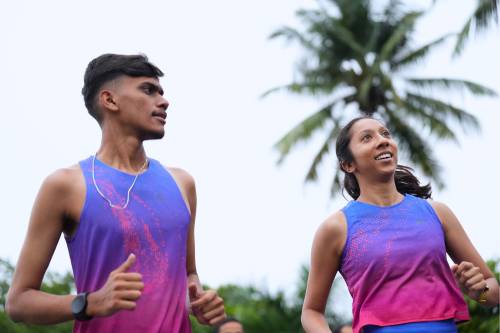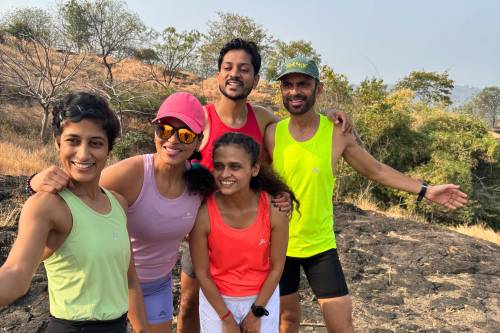Quick Listen:
Imagine pounding the pavement on a crisp morning run, your stride steady, heart pumping, only to be jolted by your phone slipping from a makeshift holder or keys clanging precariously in a shallow slit masquerading as a pocket. This scenario isn't rare it's a persistent grievance for countless women runners who demand more from their gear. The call for functional pockets in women's running apparel has evolved from a whisper in online forums to a resounding industry imperative, signaling a broader push for practicality in sportswear design.
Tired of gear that slows you down? Chafing, soggy fabrics, and missing pockets kill your run's momentum. At Aguante, we're runners who get it. Our high-performance activewear features moisture-wicking fabrics, ergonomic designs, and smart storage to keep you focused. Shop Now!
The Persistent Pocket Dilemma in Women's Gear
Women runners have long championed the need for better storage solutions, yet the sportswear sector has been slow to respond fully. The global activewear market, estimated at USD 406.83 billion in 2024, is anticipated to expand to USD 677.26 billion by 2030, registering a compound annual growth rate of 9.0% from 2025 onward. This expansion stems largely from a surge in preference for versatile, modern attire suitable for both gym sessions and daily routines. Notably, North America commanded a 38.46% revenue share in 2024, with the U.S. segment poised for a 7.6% CAGR through 2030. Women, comprising 47.62% of the revenue in 2024, are pivotal in this trajectory, seeking apparel that marries aesthetics with real-world utility. At the core of their expectations? Pockets that are deep, secure, and strategically positioned to handle essentials without hindering performance.
For decades, women's running attire has trailed men's in terms of practicality. Men's shorts and jackets typically feature ample, reliable pockets for items like energy gels, wallets, or devices, while women's equivalents often emphasize sleek lines over substance, providing minimal or superficial storage. This discrepancy fuels widespread irritation in running circles, where discussions on social platforms and forums highlight the shortcomings of armbands that chafe or belts that shift. A common refrain echoes: why struggle to find leggings where a phone fits securely without risking a mid-run mishap? This gap underscores a deeper issue of gender equity in design, where functionality seems secondary for women's lines.
Evolving Toward Versatile, User-Focused Apparel
Change is underway, propelled by the ascent of multifunctional sportswear that effortlessly bridges exercise and everyday life. A 2024 examination of sportswear consumer inclinations reveals that the fashion sector's robustness nearly equaling prior-year earnings despite market fluctuations highlights its adaptability to evolving tastes. Shoppers increasingly favor athletic wear that adapts to diverse activities, fostering fresh patterns in the industry. With over half of sector executives expressing apprehension about geopolitical tensions, economic volatility, and escalating costs, brands are compelled to innovate swiftly. Women runners lead this charge, advocating for garments that harmonize elegance, ease, and efficiency. Online influencers and international running groups amplify these calls, spotlighting designs that uphold form while enhancing function.
Industry giants are heeding the feedback. Nike and Adidas, for instance, have rolled out leggings featuring expansive waistband pockets capable of cradling smartphones, alongside explorations in thigh or rear-panel options for balanced weight distribution. Boutique labels, often spearheaded by women, are surging ahead by incorporating direct input from athletes, resulting in zippered slots or expandable compartments ideal for keys and nutrition packs. In 2024, brick-and-mortar retail captured 71.14% of activewear revenues, indicating that consumers prefer hands-on trials of these enhancements, appreciating how a thoughtfully integrated pocket transforms the running experience. Moreover, consumer priorities underscore comfort, fit, and longevity, with women emphasizing breathability and flexibility qualities that pockets must complement without compromise.
Breakthroughs Propelling Practical Innovation
Consider high-waisted running tights equipped with a broad, elastic waistband pocket that secures a device sans added heft, or shorts boasting lateral thigh holders that clasp necessities firmly, minimizing jostle. These aren't mere add-ons; they're transformative elements reshaping how women engage with their runs. One emerging label captured market buzz with a jacket incorporating a subtle rear pocket for hydration tools, inspired directly by endurance athlete's experiences. Such advancements epitomize a commitment to athlete-driven engineering, where practical demands inform every stitch.
Yet, embedding pockets demands finesse to preserve core attributes like aerodynamics and fabric resilience. They must remain featherlight, streamlined, and harmonious with elastic, sweat-evaporating materials. A subpar pocket can introduce resistance or irritation over extended distances, flipping an asset into a liability. To counter this, manufacturers are leveraging advanced textiles and precise ergonomics, borrowing from athleisure's casual vibe and outdoor equipment's rugged utility to craft intuitive wear. For example, brands like Lululemon have refined their Fast and Free line with side pockets that accommodate phones without sagging, earning praise for reliability during marathons. Similarly, Oiselle female-centric tailoring ensures tights with generous leg-side pockets stay anchored, offering versatility across activities.
Expanding the lens to shorts, options like Tracksmith's Strata model stand out with five internal pockets tailored for gels and sundries, lauded for their non-abrasive feel and anti-chafe design. Weasie's Marathon Short, with six storage points including gel holders and zippers, caters specifically to race-day needs, preventing slippage over long hauls. These examples illustrate how pockets are evolving from afterthoughts to integral features, addressing runner's calls for gear that supports uninterrupted focus.
Bridging the Gender Divide Amid Design Hurdles
The stark contrast in pocket provision between genders spotlights inequities in apparel conception. Men's running shorts have routinely included substantial, utilitarian pockets, whereas women's variants often favor a streamlined profile at the expense of convenience. This disparity intensifies when factoring in engineering challenges: incorporating pockets without amplifying mass or volume necessitates meticulous craftsmanship. Certain labels have faltered here, producing pockets that appear promising in stores but falter under rigorous use, such as during a grueling 20-mile session.
External pressures compound these issues, with more than half of industry heads citing worries over global politics, economic shifts, and inflation. Rampant production of feature-rich designs escalates expenses, particularly with high-end fabrics. Nonetheless, the rewards are evident: companies mastering this balance secure devoted followings. In the U.S., with its projected 7.6% growth rate innovators have fertile ground. Consumer studies further reveal that while men prioritize pockets for performance, women seek them alongside comfort and adaptability, urging a holistic redesign approach.
Online discourse, such as on Reddit, amplifies these frustrations, with users decrying fake or minuscule pockets that bulge awkwardly or fail to hold phones, contrasting sharply with men's ample options. Sentiments like "women's pockets are still a joke" persist, attributing the lag to cost-cutting in fast fashion and societal emphasis on slim silhouettes, while suggesting workarounds like men's sections or tailored fits.
Seizing Prospects in a Dynamic Market
The clamor for enhanced storage transcends fad status it's a lucrative avenue for differentiation. Labels emphasizing ergonomic pockets in leggings or secure slots in jackets can command premium rates, as runners invest in enhancements that elevate their pursuits. Brook's Spark Tights, with three pockets, exemplify this, offering inclusivity across sizes and support for varied runs. On Running's Performance Tights, with their whisper-soft fabric and hidden zippers, appeal to speed enthusiasts, blending compression and discretion.
In burgeoning regions like India, where women's involvement in endurance events escalates, there's vast scope for localized, pocket-centric innovations. Athleisure's fusion of leisure and performance inspires adaptable apparel, while outdoor influences spur modular pockets for multi-use. Runway trends for Fall 2025, as seen in collections from Tory Burch and Simone Rocha, integrate pockets as both utility and embellishment, signaling a cultural pivot toward practicality amid uncertainty. This collective momentum fosters inclusivity, empowering women's input in product evolution.
Including sustainable materials like recycled polyester and customizable fits, align with pocket demands, enhancing eco-conscious appeal. High-tech integrations and lifestyle-oriented designs further propel the sector, with athleisure projected for continued growth.
Advancing an Equitable Horizon
This pocket surge signifies deeper advancement in activewear. Forecasters anticipate athlete-led design dominating, with partnerships among runners, creators, and technologists birthing personalized, empowering gear. In a landscape eyeing USD 677.26 billion by 2030, attentive brands will cultivate enduring allegiance.
As you gear up for your next outing, reflect: a strategic pocket transcends mere storage it's liberation, assurance, and undivided attention on the path. For women runners, it's essential, not optional. The industry, at last accelerating, must sustain this pace to meet the stride.
Frequently Asked Questions
Why don't women's running clothes have good pockets like men's do?
Women's running apparel has historically prioritized sleek, streamlined silhouettes over functionality, while men's gear routinely includes substantial, utilitarian pockets. This design disparity stems from gender inequities in sportswear conception, where manufacturers have emphasized aesthetics for women's lines at the expense of practical storage solutions. The challenge lies in incorporating pockets without adding bulk or compromising performance features like breathability and flexibility.
What are the best women's running leggings and shorts with pockets in 2025?
Top-performing options include Lululemon's Fast and Free line with reliable side pockets that don't sag during marathons, and Brook's Spark Tights featuring three strategically placed pockets across all sizes. For shorts, Tracksmith's Strata model offers five internal pockets designed for gels and essentials with anti-chafe technology, while Weasie's Marathon Short provides six storage points including specialized gel holders. These brands have successfully balanced functionality with performance without compromising comfort or aerodynamics.
How big is the market demand for women's activewear with functional pockets?
The global activewear market, valued at $406.83 billion in 2024, is projected to reach $677.26 billion by 2030 with a 9.0% growth rate. Women represent 47.62% of this market revenue, and they're increasingly demanding apparel that combines aesthetics with practical utility especially secure, deep pockets for phones and essentials. This growing consumer preference for multifunctional sportswear that transitions from gym to daily life is driving brands to innovate beyond traditional pocket-less designs, creating a lucrative opportunity for differentiation in the competitive activewear space.
Disclaimer: The above helpful resources content contains personal opinions and experiences. The information provided is for general knowledge and does not constitute professional advice.
You may also be interested in: Breathable Singlets Support Long-Distance Training
Tired of gear that slows you down? Chafing, soggy fabrics, and missing pockets kill your run's momentum. At Aguante, we're runners who get it. Our high-performance activewear features moisture-wicking fabrics, ergonomic designs, and smart storage to keep you focused. Shop Now!
Powered by flareAI.co





